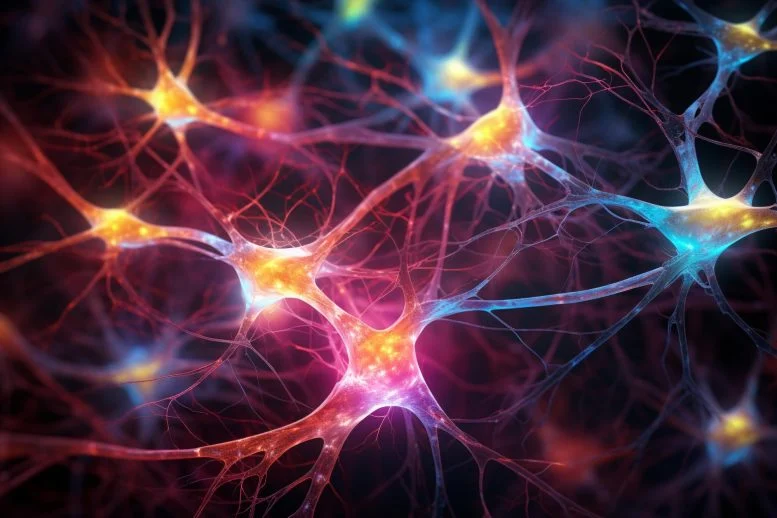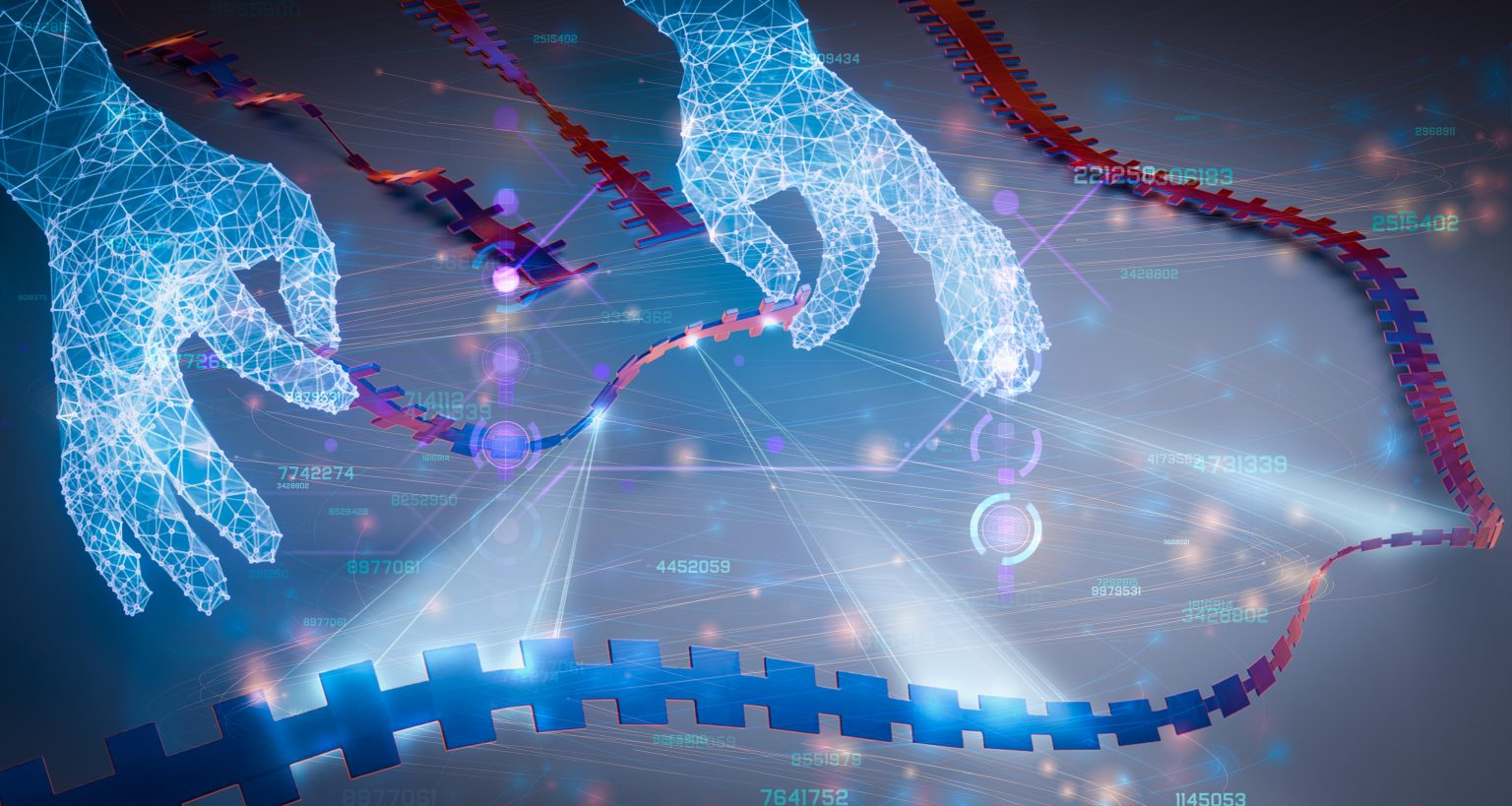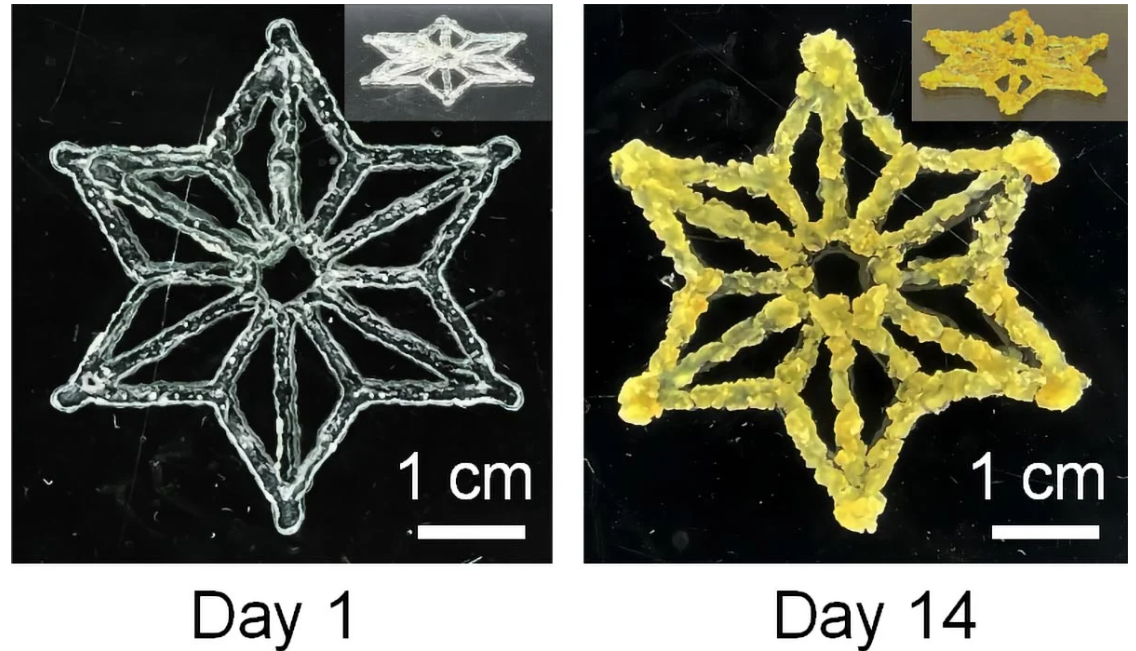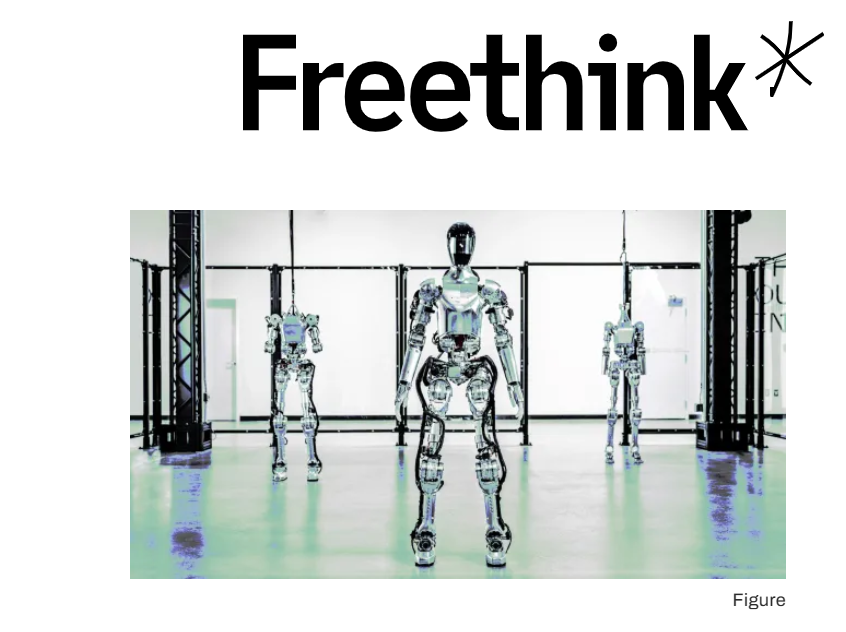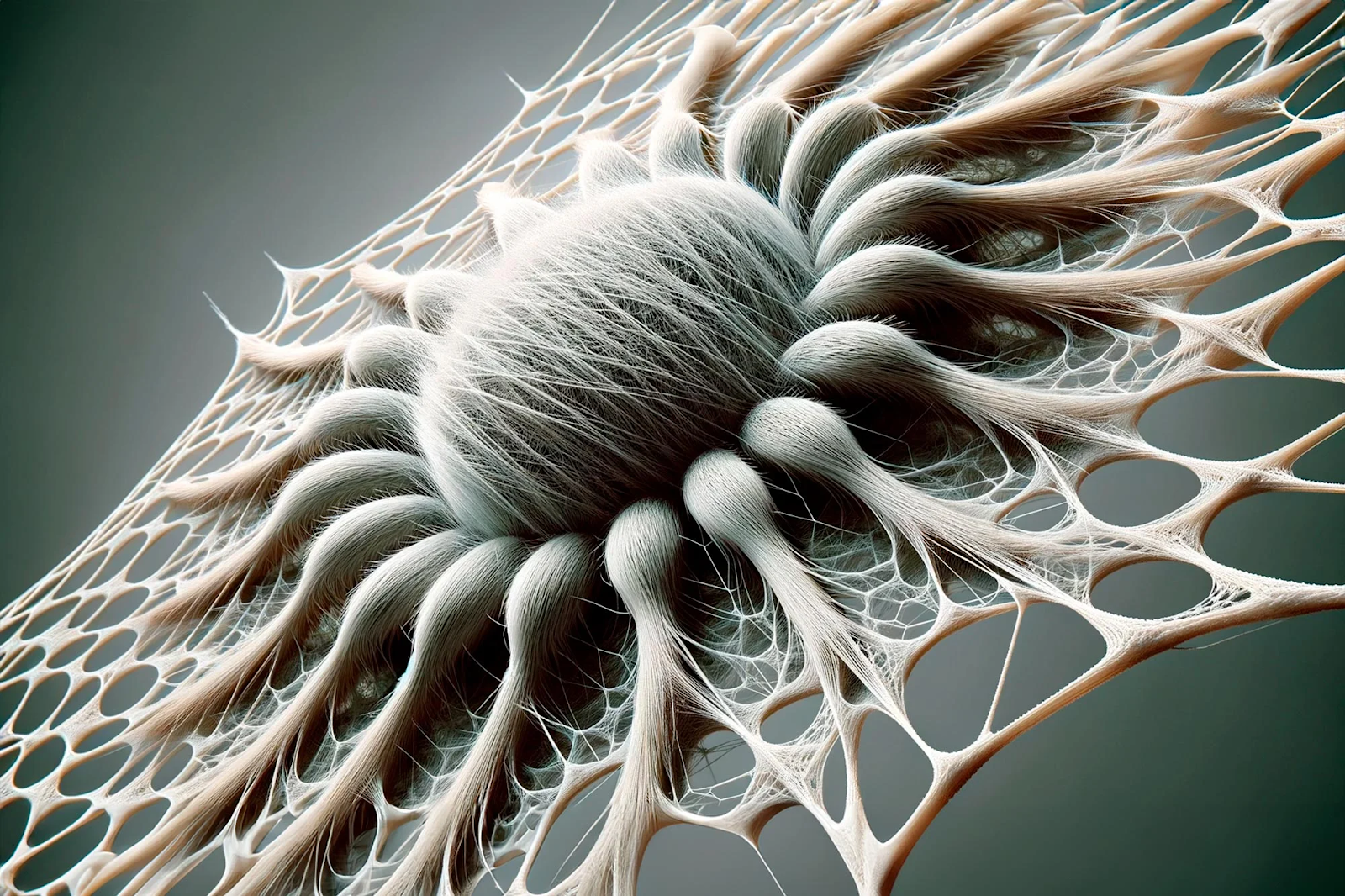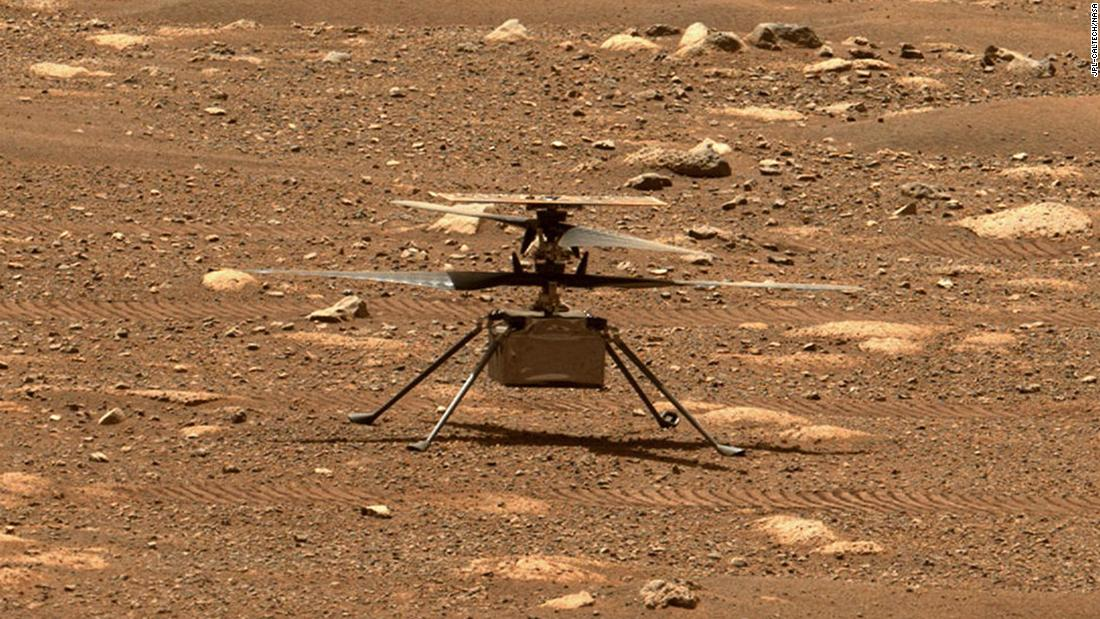"Research on metal-organic frameworks has led to the development of superhydrophobic surfaces by grafting hydrocarbon chains, which create a high-entropy state essential for minimizing water adhesion. (Artist’s concept.) Credit: SciTechDaily.com" (SitechDaily, Water’s Worst Nightmare: The Rise of Superhydrophobic Materials)
The new superhydrophobic materials can revolutionize electronics and clothes, as well as the development of ships and submarines. The hydrophobic materials form the water droplets on their surface. The material itself is non-polar. And the water molecules' polarity makes the pulling force in the water droplet stronger than in the layer. So water molecules pull themselves into the form of droplets.
"Hydrophobic molecules tend to be nonpolar and, thus, prefer other neutral molecules and nonpolar solvents. Because water molecules are polar, hydrophobes do not dissolve well among them. Hydrophobic molecules in water often cluster together, forming micelles. Water on hydrophobic surfaces will exhibit a high contact angle. " (Wikipedia, Hydrophobe)
If the front side of the vessel is hydrophobic. That causes an effect on the water at the back of the vessel. Pushes it forward. And that can be the tool that makes small mini-subs move. The small submarines that are the size of rice can use that kind of structure to move. But it can also make improvements for larger vessels.
That thing is suitable for clothes. However, the hydrophobic materials can also protect electronics and decrease friction between submarines, surface ships, and water.
The superhydrophobic layer pushes water away from the submarine's or surface ship's hull.
That decreases friction. And energy use in submarines and surface vessels.
In some ideas, the hydrofoils use planes covered by a superhydrophobic layer. That thing can give those systems more power.
"Left: Porous substrate with a small water contact angle: The surface absorbs a lot of liquid. Right: The new material features a large water contact angle and is thus nearly completely hydrophobic. Credit: KIT" (ScitechDaily, Water’s Worst Nightmare: The Rise of Superhydrophobic Materials)
The superhydrophobic layer can also make it possible to create new types of propulsion systems.
The propellers can also have superhydrophobic layers. That helps to keep them clean. But that material also decreases the noise in the system because the water contact with the propeller's frame is minimal.
The superhydrophobic layer keeps water away from the propeller. And if it's at the front side of the propeller. That makes the low pressure. At the front of it.
That system pulls water tighter against the back of the propeller. That makes the difference in pressure levels deeper.
That makes it possible to give thrust to the propeller. In magnetohydrodynamic drive, those layers can make the water flow silently through the accelerator tube. But the major breakthrough would be if the water can keep its droplet form below water. That makes it possible to create the nano-balls between the hull and the normal water layer.
That system should make the water more slippery and make it possible to create faster submarines and ships that use less fuel to reach fast speeds. The hydrophobic layer can also be used in aircraft and rockets. The system could pump water on the layer and that creates the small balls between air and the aircraft body.
Those materials can also used to create the perfect bubbles for nanotechnology. The superhydrophobic layer can create water droplets that will be put into the freezer where the system freezes those droplets forming nanoballs that can operate in low temperatures. That means there can be many useful things where that system can operate.
https://scitechdaily.com/waters-worst-nightmare-the-rise-of-superhydrophobic-materials/
https://en.wikipedia.org/wiki/Hydrophobe





